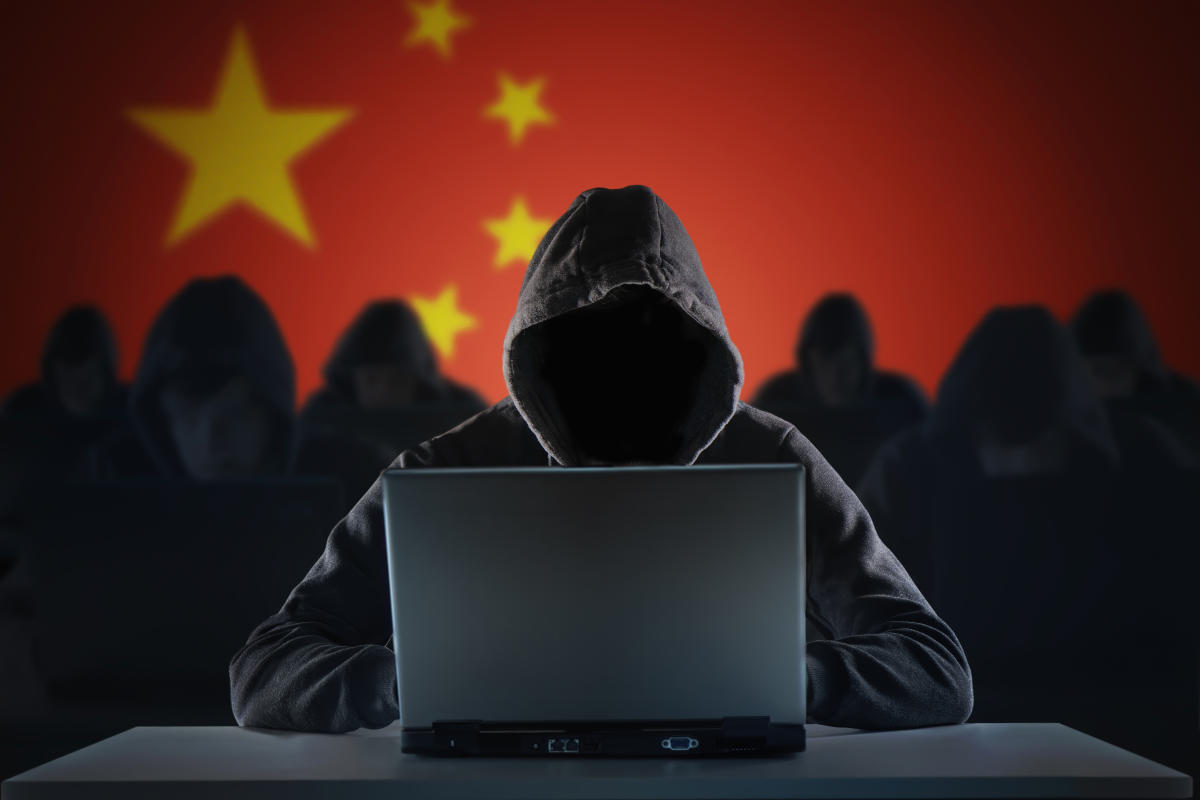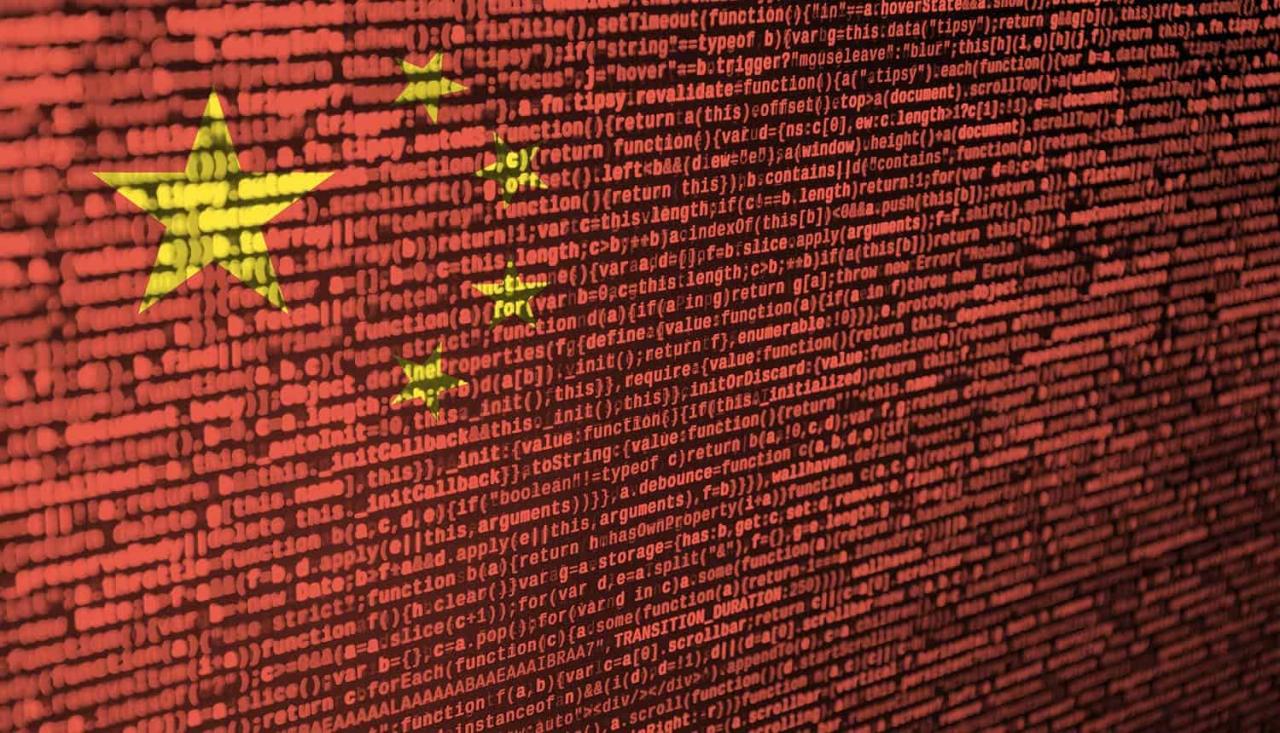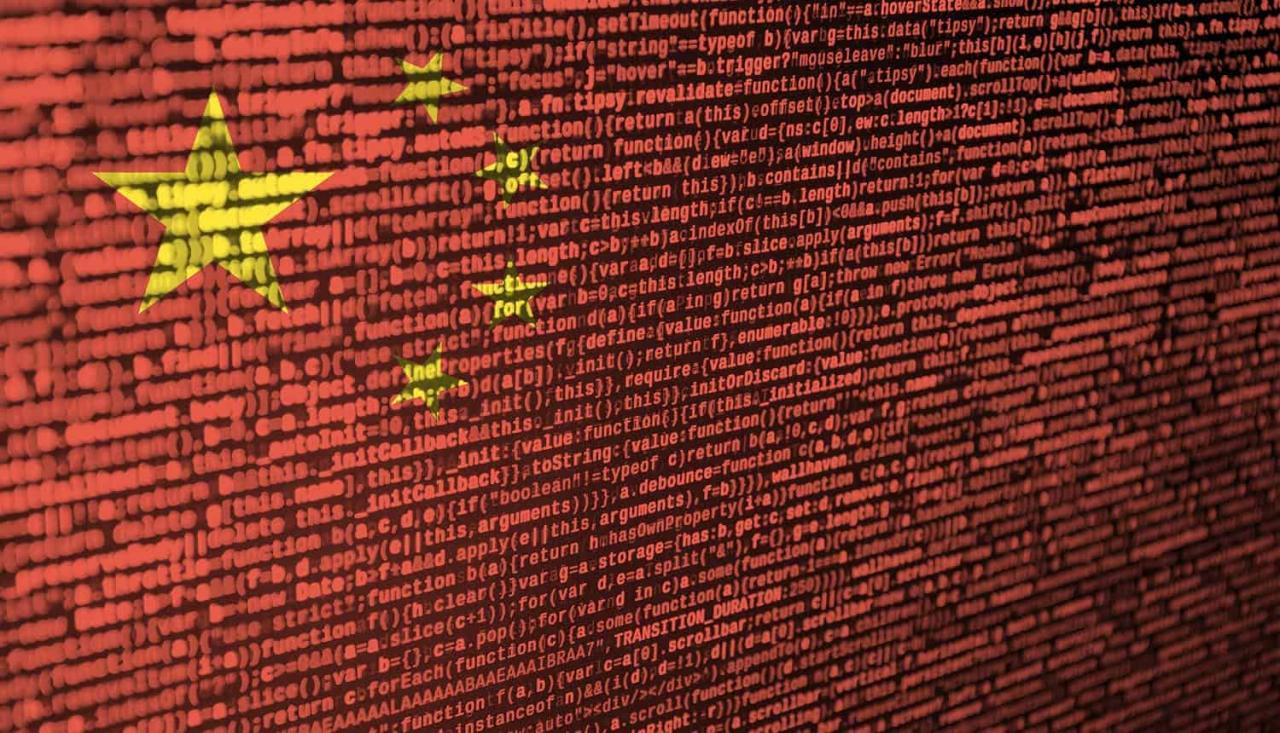China is the manufacturing superpower | Hacker News. This article dives into China’s remarkable ascent as the world’s factory floor, exploring its historical journey, the factors fueling its success, and the challenges it faces in maintaining its dominance. We’ll examine the impact on global economies and explore specific industries where China’s influence is undeniable.
From its humble beginnings to its current position as a global manufacturing behemoth, China’s story is one of strategic planning, massive infrastructure investment, and a relentless focus on export-led growth. We’ll analyze the key policies and decisions that propelled this transformation, comparing China’s capabilities with those of other major industrial nations. We’ll also consider the future – the challenges posed by rising labor costs, automation, and trade tensions, and how China might adapt to remain at the forefront of global manufacturing.
China’s Manufacturing Dominance: China Is The Manufacturing Superpower | Hacker News
China’s rise as the world’s manufacturing powerhouse is a remarkable story of economic transformation. From a largely agrarian economy to a global manufacturing giant, China’s journey is marked by strategic policy decisions, massive infrastructure investments, and a readily available workforce. This article explores the historical context, contributing factors, challenges, and global implications of China’s manufacturing prowess.
China’s Manufacturing Dominance: Historical Context, China is the manufacturing superpower | Hacker News
China’s manufacturing sector’s evolution is a multi-decade process. Initially focused on labor-intensive industries, it gradually transitioned to higher-value manufacturing through targeted policies and technological advancements.
- Early Stages (Pre-1978): Primarily agrarian, with limited industrial capacity.
- Reform and Opening Up (1978-1990s): Economic reforms initiated by Deng Xiaoping led to significant foreign investment and the establishment of Special Economic Zones (SEZs), attracting global manufacturers.
- Rapid Expansion (2000s-Present): China became a global manufacturing hub, dominating sectors like electronics, textiles, and machinery. Massive infrastructure projects, including improved transportation networks and power grids, further fueled growth.
Key milestones include joining the World Trade Organization (WTO) in 2001, which significantly boosted trade and investment. Government initiatives like “Made in China 2025” aimed to upgrade the manufacturing sector towards higher technology and innovation.
China achieved global leadership in various industries, including electronics (smartphones, computers), textiles and apparel, toys, and home appliances. Its manufacturing dominance is evident in its massive export volumes and its role as a key supplier in global supply chains.
| Country | Key Industries | Strengths | Weaknesses |
|---|---|---|---|
| China | Electronics, Textiles, Machinery, Automobiles | Large workforce, extensive infrastructure, government support, cost-effectiveness | Rising labor costs, environmental concerns, dependence on exports, technological dependence in some sectors |
| USA | Aerospace, Pharmaceuticals, Biotechnology, Software | Strong R&D capabilities, high-skilled workforce, advanced technology | High labor costs, declining manufacturing base, dependence on imports |
| Germany | Automobiles, Machinery, Chemicals, Engineering | High-quality manufacturing, skilled workforce, strong engineering expertise | High labor costs, reliance on exports, aging population |
| Japan | Electronics, Automobiles, Robotics, Precision Machinery | Advanced technology, high-quality manufacturing, strong innovation capabilities | High labor costs, shrinking population, dependence on imports for raw materials |
Factors Contributing to China’s Manufacturing Power

Several factors converged to propel China’s manufacturing dominance. These include low labor costs, significant infrastructure development, and supportive government policies.
So, you’re reading about China’s manufacturing dominance on Hacker News – fascinating stuff, right? It makes you think about the global economy’s complexities. Then you see news like this, Heat suspend Jimmy Butler for 7 games for ‘conduct detrimental to , reminding us that even seemingly unrelated events have ripple effects. It’s all connected, and understanding China’s manufacturing power is key to grasping the bigger picture.
Low labor costs provided a significant competitive advantage, attracting foreign investment and enabling China to produce goods at lower prices than competitors. Massive investments in infrastructure, including ports, roads, and railways, facilitated efficient transportation and logistics. Government policies, such as tax incentives and export subsidies, further encouraged manufacturing growth.
So, that Hacker News thread about China’s manufacturing dominance is wild, right? It makes you think about the global supply chain, and how a single injury, like the one that landed Canucks star Elias Pettersson on injured reserve—check out the details here: Canucks place star F Pettersson on retroactive IR, recall G Silovs —can ripple through things. It’s a reminder that even with China’s massive manufacturing power, unexpected events can still disrupt the system.
China’s manufacturing model offers advantages like economies of scale, a large and adaptable workforce, and a supportive regulatory environment. However, disadvantages include environmental concerns, potential for intellectual property theft, and reliance on export-oriented growth.
Challenges and Future Prospects for Chinese Manufacturing

China’s manufacturing sector faces evolving challenges. Rising labor costs, increasing automation, and trade disputes are impacting its competitiveness. Technological advancements, particularly in automation and artificial intelligence, are reshaping the manufacturing landscape.
- Rising labor costs: Wages are increasing, reducing China’s cost advantage.
- Automation and AI: Technological advancements are changing labor demands and increasing productivity.
- Trade disputes: Trade wars and protectionist policies pose risks to export-oriented businesses.
- Environmental concerns: Growing pressure to reduce pollution and improve environmental sustainability.
To maintain its leadership, China needs to focus on innovation, technological advancement, and upgrading its manufacturing capabilities. Emphasis on higher value-added manufacturing, sustainable practices, and a shift towards domestic consumption are crucial strategies.
| Risk/Opportunity | Description | Impact | Mitigation/Strategy |
|---|---|---|---|
| Rising Labor Costs | Increased wages reduce cost competitiveness. | Reduced profitability, potential relocation of factories. | Invest in automation, focus on higher-skilled jobs, develop domestic consumption. |
| Technological Disruption | Rapid advancements in AI and automation challenge traditional manufacturing processes. | Job displacement, need for workforce retraining. | Invest in R&D, develop skilled workforce in new technologies, embrace Industry 4.0. |
| Trade Wars | Protectionist policies and trade disputes disrupt global supply chains. | Reduced exports, market instability. | Diversify export markets, focus on domestic consumption, strengthen trade agreements. |
| Environmental Regulations | Stricter environmental regulations increase production costs. | Higher production costs, potential for factory closures. | Invest in cleaner technologies, improve waste management, promote sustainable practices. |
Global Implications of China’s Manufacturing Prowess
China’s manufacturing dominance profoundly impacts global supply chains and economies. It has made many goods more affordable globally, but also raised concerns about dependency and trade imbalances.
China’s role as a major supplier in global supply chains means disruptions to its manufacturing sector can have ripple effects across the world. Its manufacturing output affects the economies of other countries, both positively (through lower prices and increased trade) and negatively (through competition and job displacement).
Companies have adapted by diversifying their supply chains, investing in automation, and focusing on higher-value manufacturing. For example, Apple, while still heavily reliant on China for assembly, is increasingly diversifying its manufacturing base to other countries.
The influence on global trade patterns is significant. For instance, the dominance of Chinese-made smartphones has transformed the global mobile phone market, impacting companies, consumers, and trade flows worldwide. The sheer volume of exports from China has altered global trade balances and contributed to trade surpluses and deficits in various countries.
Case Studies: Specific Industries
China’s dominance in electronics manufacturing is exemplified by its role in assembling most of the world’s smartphones. Companies like Foxconn and other OEMs play crucial roles, manufacturing for brands like Apple, Samsung, and Huawei. China’s share of global smartphone production is significantly high.
The textile industry showcases both positive and negative impacts. While China’s low-cost manufacturing has made clothing more affordable globally, it has also led to job losses in developed countries and concerns about labor practices and environmental impact in China.
Visual Representation of Smartphone Manufacturing: Imagine a world map. China would be represented by a large, brightly colored area, indicating its massive share of global smartphone manufacturing. Smaller, less brightly colored areas would represent other countries with smaller shares, like Vietnam, India, and South Korea. The size and color intensity would directly correlate with the volume of smartphone manufacturing in each region.
Closure
China’s manufacturing dominance is a complex and multifaceted phenomenon with far-reaching global implications. While challenges undoubtedly lie ahead, China’s adaptability, continued investment in infrastructure and technology, and its sheer scale suggest its position as a manufacturing powerhouse will endure for the foreseeable future. Understanding China’s manufacturing landscape is crucial for businesses and policymakers alike, as its influence continues to shape global trade, supply chains, and economic growth.
FAQ
What are the ethical concerns surrounding China’s manufacturing sector?
Concerns include labor practices (working conditions, wages), environmental impact (pollution), and intellectual property rights.
So, that Hacker News thread about China’s manufacturing dominance got me thinking. It’s amazing how much stuff they produce, right? But then I saw this article, Putting a cancer warning on alcohol is overdue, doctors say , which highlights a completely different kind of global impact. It makes you wonder about the long-term consequences of mass production and consumption, especially considering the potential health risks involved.
Back to China though, the sheer scale of their manufacturing is undeniably impressive, even if it raises some serious questions.
How does China’s manufacturing dominance impact the US economy?
It creates both opportunities (access to cheaper goods) and challenges (job displacement, trade deficits) for the US economy.
What are some alternative manufacturing hubs emerging to challenge China’s dominance?
Countries like Vietnam, India, and Mexico are attracting manufacturing investments, but none currently pose a significant overall threat to China’s scale.
What role does automation play in China’s manufacturing future?
Automation is crucial for China to address rising labor costs and maintain competitiveness. It presents both opportunities and challenges in terms of job displacement and technological advancement.
